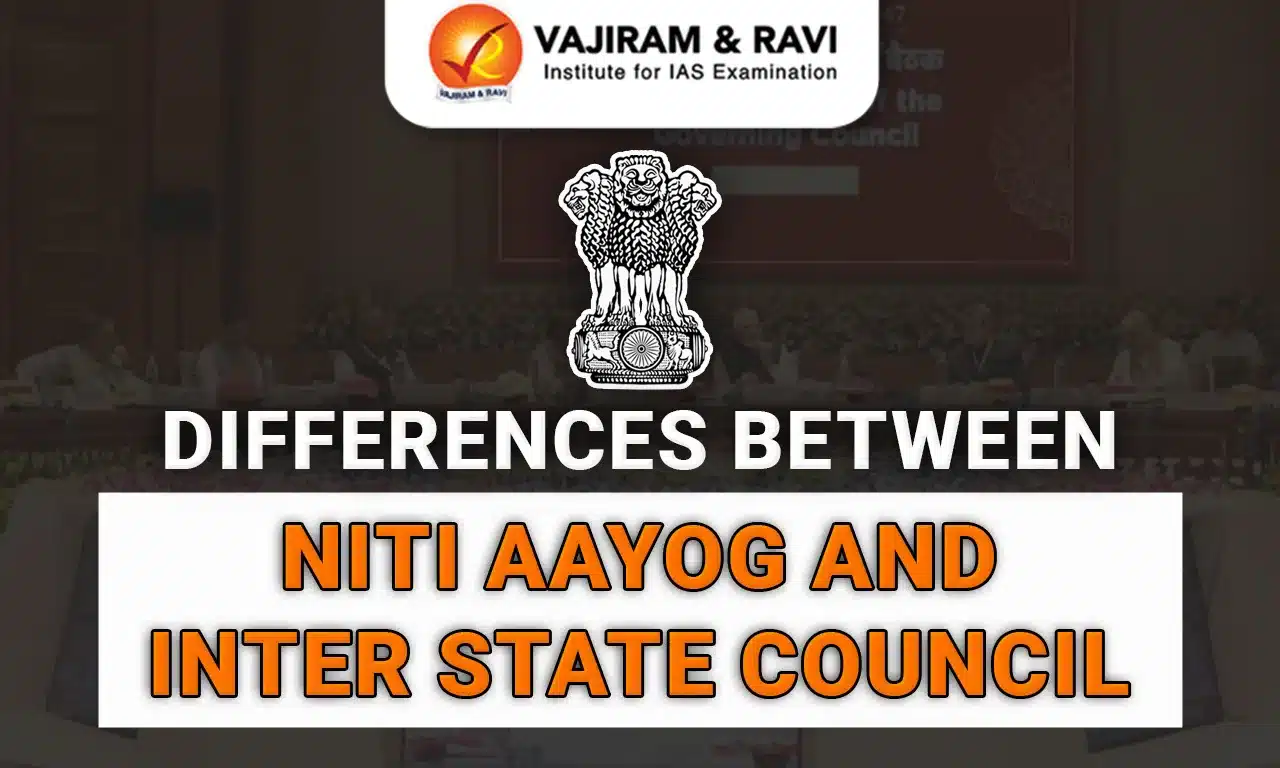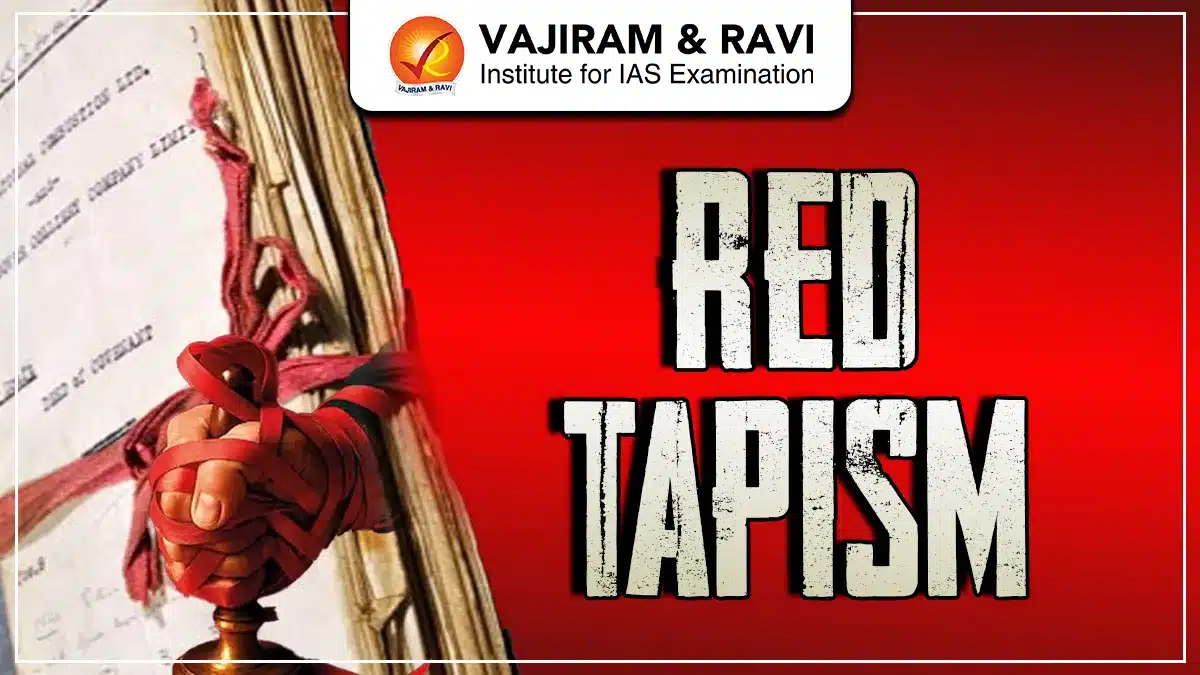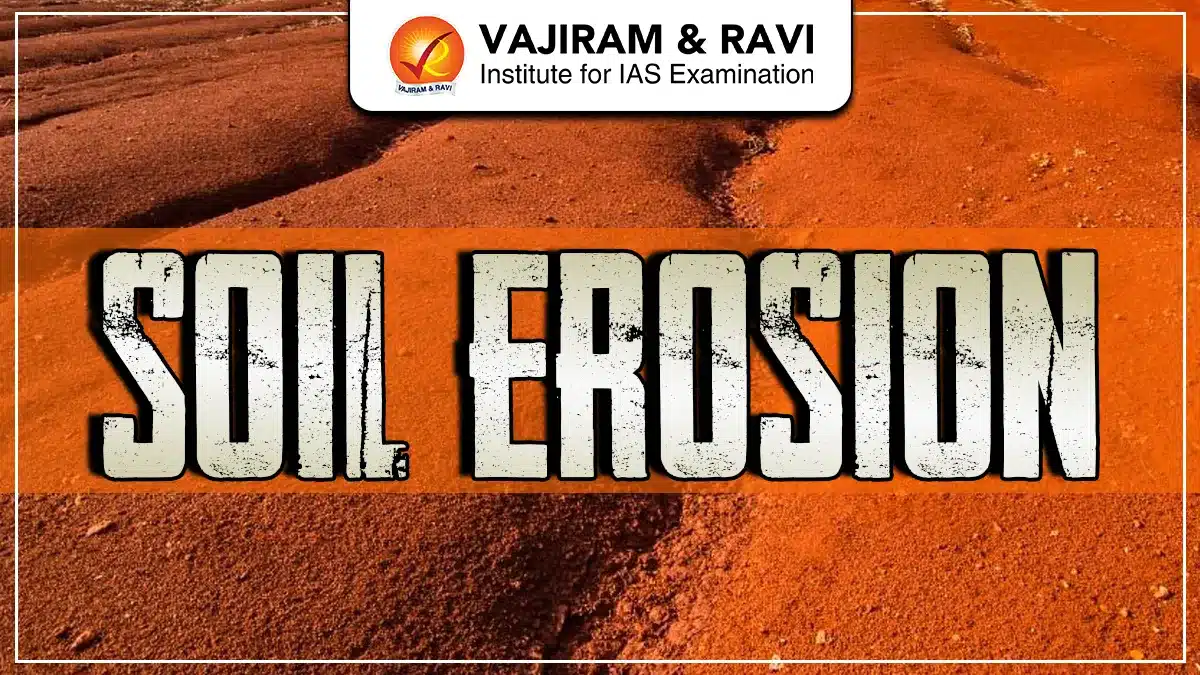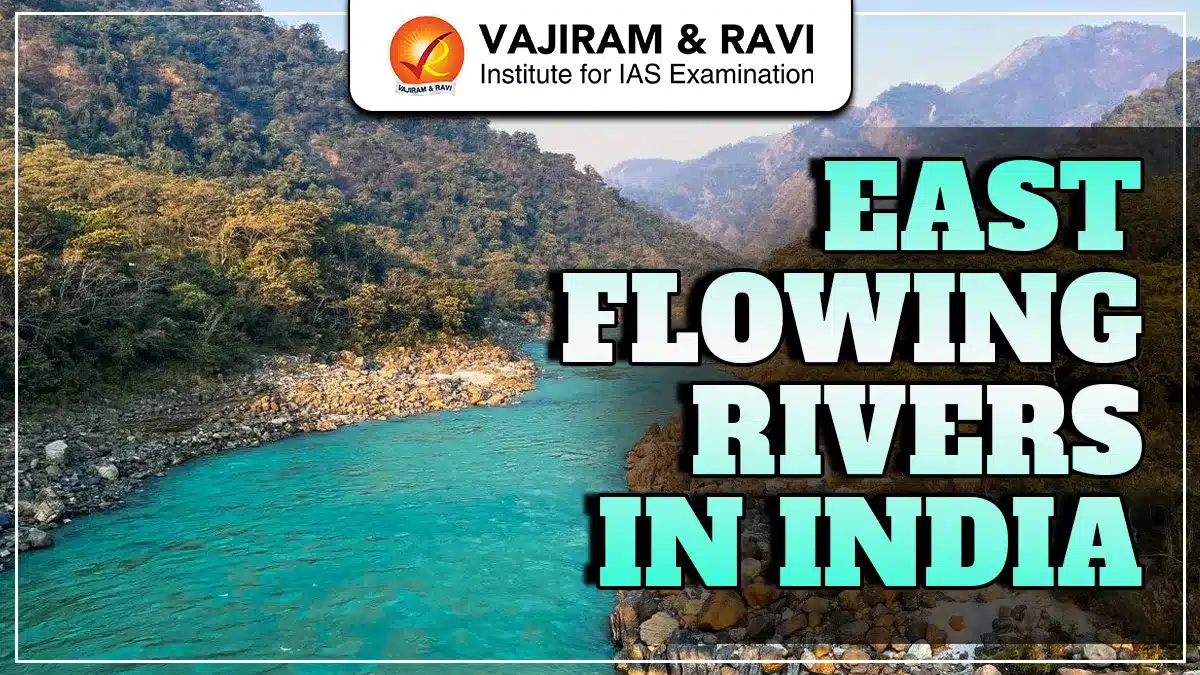India has a federal system requiring coordination between the Centre and States majorly in the matters of policy, finance and governance which are facilitated by NITI Aayog and Inter-State Council. Both of the institutes aim to promote federalism, yet have different structure, purpose and legal authority. By replacing the Planning Commission, NITI Aayog (National Institution for Transforming India) was established by the Government of India on January 1, 2015, whereas the Inter-State Council was constituted in 1990 under Article 263 of the Constitution, following the recommendations of the Sarkaria Commission.
NITI Aayog
The National Institution for Transforming India (NITI Aayog) is the policy think tank of the Government of India. It replaced the Planning Commission in 2015 and was created to promote cooperative federalism through structured support and partnership with states. NITI Aayog is responsible for designing strategic and long term policy along with monitoring the implementation and effectiveness.
Key Features
- Established: January 1, 2015
- NITI Aayog is an executive body (not constitutional or statutory)
- Chairperson of NITI Aayog is Prime Minister of India
- Vice Chairperson is Appointed by the PM
- The Governing Council comprises all Chief Ministers, Lt. Governors of UTs
- Function includes Policy planning, strategic advice, monitoring schemes, fostering innovation.
Inter-State Council
The Inter-State Council (ISC) is a constitutional body established under Article 263 of the Indian Constitution. It is meant to facilitate coordination between the Centre and States, especially on administrative and legislative matters. Unlike NITI Aayog, the Inter-State Council is more focused on political and administrative dialogue rather than technical planning.
Key Features
- Discussed in Article 263 of Indian Constitution
- Established in 1990 (on recommendation of Sarkaria Commission)
- Chairperson of Inter-State Council is Prime Minister of India
- Members includes Union Ministers, Chief Ministers of all states, Administrators of UTs
- Function includes discussing inter-state disputes, recommending better Centre–State relations, ensuring smooth governance.
Difference between NITI Aayog and Inter-State Council
Below in the table we have shared the Difference between NITI Aayog and Inter-State Council:
| Difference between NITI Aayog and Inter-State Council | ||
| Feature | NITI Aayog | Inter-State Council |
|
Establishment Year |
2015 |
1990 |
|
Nature |
Executive (non-constitutional, non-statutory) |
Constitutional (under Article 263) |
|
Legal Status |
Created via Union Cabinet resolution |
Constitutionally mandated |
|
Chairperson |
Prime Minister |
Prime Minister |
|
Key Members |
CMs, LGs of UTs, Vice Chairperson, Experts |
CMs, Union Ministers, Administrators of UTs |
|
Main Function |
Policy planning, innovation, development advice |
Centre-State coordination and cooperation |
|
Focus Area |
Developmental planning and economic reforms |
Political dialogue and dispute resolution |
|
Funding Role |
No financial allocation powers |
No funding role |
|
Decision-Making |
Advisory and consultative |
Recommendatory |
Last updated on January, 2026
→ Check out the latest UPSC Syllabus 2026 here.
→ Join Vajiram & Ravi’s Interview Guidance Programme for expert help to crack your final UPSC stage.
→ UPSC Mains Result 2025 is now out.
→ UPSC Notification 2026 is scheduled to be released on January 14, 2026.
→ UPSC Calendar 2026 is released on 15th May, 2025.
→ UPSC Prelims 2026 will be conducted on 24th May, 2026 & UPSC Mains 2026 will be conducted on 21st August 2026.
→ The UPSC Selection Process is of 3 stages-Prelims, Mains and Interview.
→ UPSC Result 2024 is released with latest UPSC Marksheet 2024. Check Now!
→ UPSC Toppers List 2024 is released now. Shakti Dubey is UPSC AIR 1 2024 Topper.
→ Also check Best IAS Coaching in Delhi
Difference between NITI Aayog and Inter-State Council FAQs
Q1. Is NITI Aayog a constitutional body?+
Q2. Is the Inter-State Council constitutionally mandated?+
Q3. What is the main role of the Inter-State Council?+
Q4. Does NITI Aayog allocate funds like the Planning Commission used to?+
Q5. Who chairs both these institutions?+

















